RETURN TO OZ (1985)
Dorothy is called back to Oz when a vain witch and the Nome King destroy everything that makes the magical land beautiful.
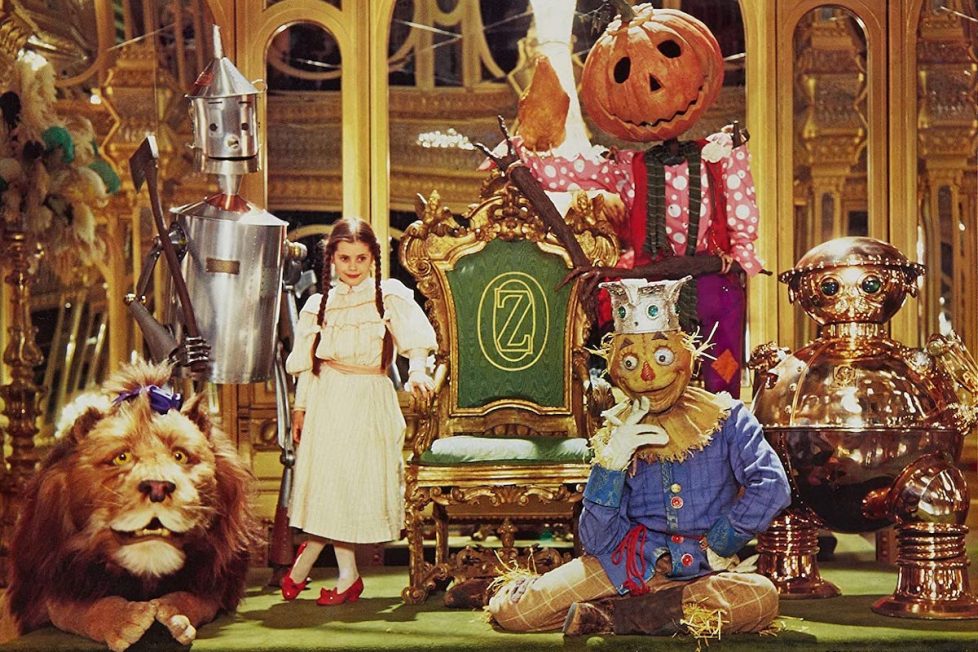
Dorothy is called back to Oz when a vain witch and the Nome King destroy everything that makes the magical land beautiful.


“Another Oz story” was Walter Murch’s answer to Disney when they asked what he’d like to see from them. A direct sequel to MGM’s iconic The Wizard of Oz (1939) might have sounded preposterous, but Murch caught the studio at the right time. Walt Disney Productions had been sitting on the rights to the remaining 13 Oz books by author L. Frank Baum. Purchased for TV’s Walt Disney’s Disneyland (1954-58) and a proposed live-action film called Rainbow Road to Oz (that never got made), the intellectual property wasn’t touched until Disney’s meeting with Murch just before the rights were due to expire. Five years later and Return to Oz premiered in 1985… and was anything but just another Oz story…
Separated by 46 years, we return to Kansas only six months after a tornado transported Dorothy (Fairuza Ball) to Oz, and she’s still talking about her magical friends, earning herself a trip to a mental hospital. Soon escaping, Dorothy’s washed away in a storm back to a ruinous Oz now the righteous Nome King (Nicol Williamson) has seized power. Dorothy makes new friends while on a darker adventure that blends various story elements from Baum’s later Oz books—plus the iconic ruby slippers, graciously shared by MGM for a hefty price because Dorothy’s footwear doesn’t feature in the novels.
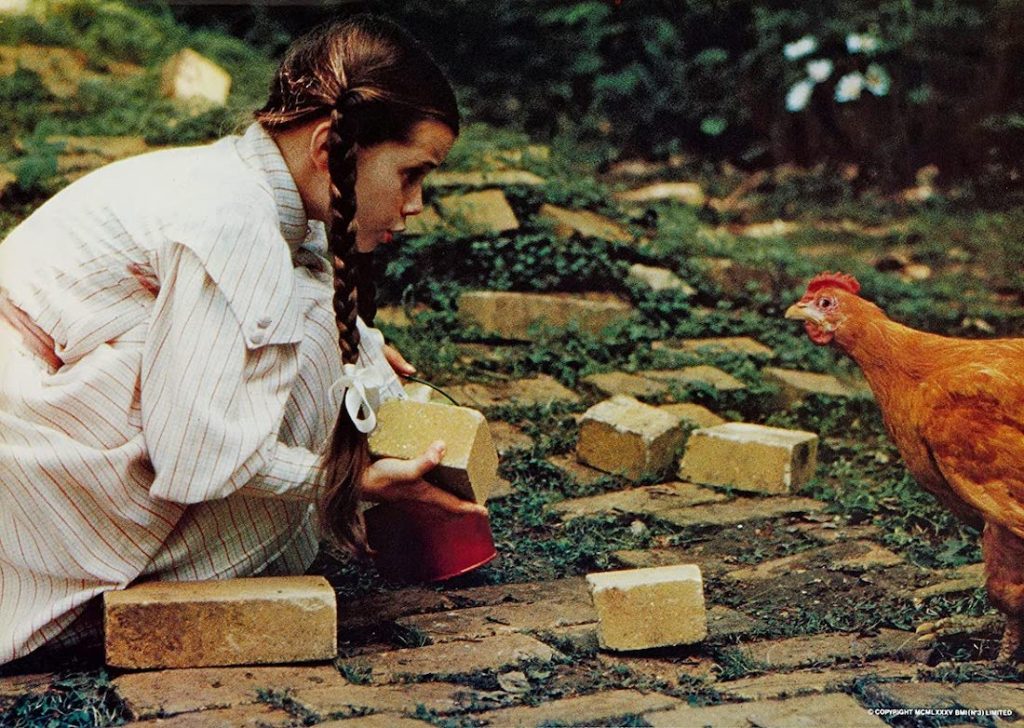
Disney later capitalised on their 1990s hits with straight-to-video sequels (Pocahontas II, Cinderella II, The Lion King 1½), but that happened during the booming home video market. A sequel to The Wizard of Oz having a theatrical run sounds like sacrilege. Only a few minutes in and audiences will have wondered why the charming musical numbers have been replaced by Dorothy being taught the merits of electroshock therapy. If your child found the witchy neighbour promising to euthanise Toto a little much then witnessing Dorothy strapped down about to have her memories of Oz zapped out of her head is a lot to take!
Another trait Disney is known for is their sheepish hiring-then-firings of creatives, and when Murch fell behind on a tight schedule involving animals, animatronics, and child actors, he got the boot. This was his directorial debut after working on THX 1138 (1971), The Godfather (1972), American Graffiti (1973), The Conversation (1974), and Apocalypse Now (1979)… each earning him multiple direct Academy Award nominations for editing and sound design. He even coined the job title ‘Sound Designer’, and yet it still took the combined support of George Lucas and Francis Ford Coppola to get him back in charge of Return to Oz.
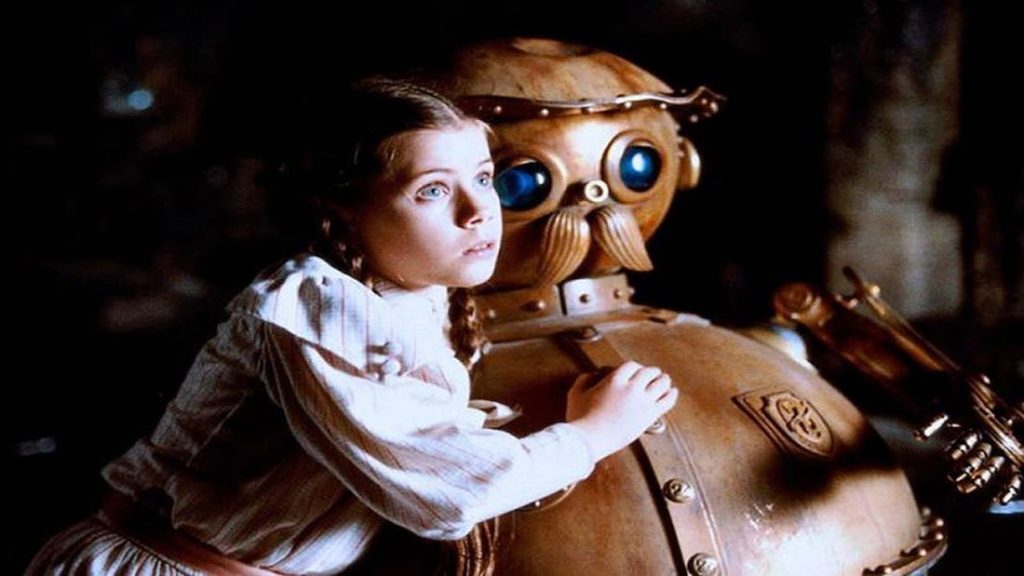
Murch succeeds wonderfully in exploring a more layered reality to Oz than the painterly, theatrical style of Victor Fleming. If The Wizard of Oz shared the same Technicolor aesthetic of Mary Poppins (1964) and Singin’ in the Rain (1952), then Return of Oz fits comfortably with the 1980s haunting delirium of Labyrinth (1986) and The Dark Crystal (1982). Making a sequel based on “going dark” may seem cliche now, but the change of atmosphere turns this sequel into a proper reaction to the classic.
Dorothy’s first trip was lead by fairy tale morals with scant subtext; brains, heart, and courage were all literal character motivations, and learning that “there’s no place like home” required repeating that to make the point clear. Return to Oz pokes at why such a marvellous place would leave this poor girl with such feeling of abandonment, and her melancholy continues through her return finding this land of wish-fulfilment has carried on without her. This escape from reality is now in worse condition than at home which raises an interesting commentary on child-like fantasies having to mature alongside us, even if it means tearing up that yellow brick road.
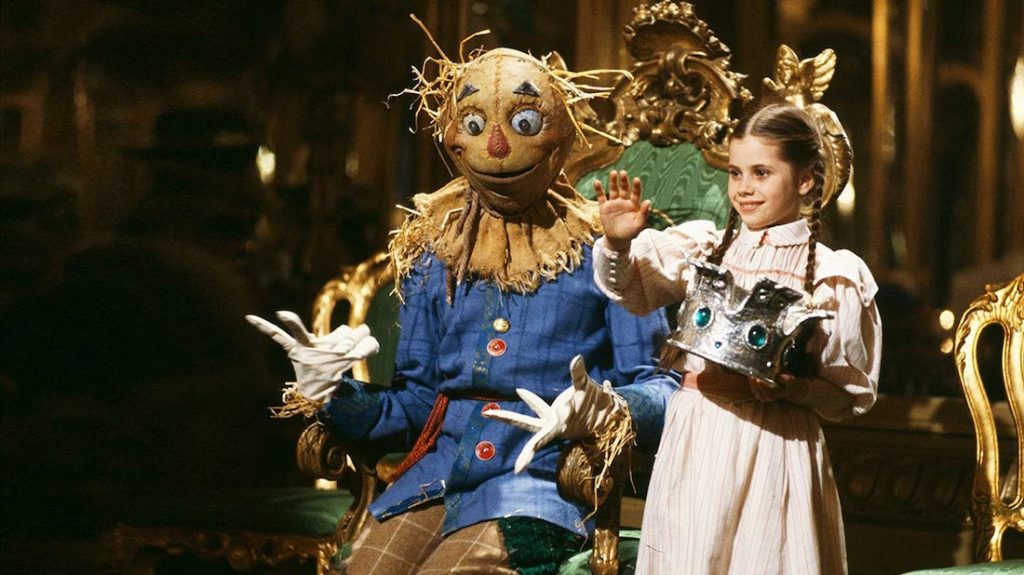
Following Dorothy wandering through real forests and actual ruins afford a tremendous sense of exploration, in no small part boosted by Fairuza Balk’s lead performance. A rather opposite trial to original child star Judy Garland, whose production ordeals were depressing and isolating, Balk apparently had a wonderful time on-set and yet her performance resonates those same behind-the-scenes woes. Dorothy returns to Oz frantic to find comfort and is dismayed to find her old friends turned to stone or now imprisoned. Dorothy’s new travel compansions (talking chicken Billina, wind-up soldier Tik-Tok, scarecrow Jack Pumpkinhead, and a moose-head-on-a-couch called the Gump), are all incredible mixes of puppets and costuming which Balk befriends so earnestly to offset the weirder tones.
The ‘nightmare fuel’ of Return to Oz is a step-up from the flying monkeys, too. Now we’re chased by the Wheelers who skate along on wheeled appendages that screech like the rusted hospital beds Dorothy was trapped on. Personally, I was never spooked by these (they’re as dumb as the monkeys in catching people) but their leader Princess Mombi is decidedly menacing. Unlike an obvious green-skinned witch, Mombi has a beautiful and normal face until she literally changes her entire head to fit her wicked temperament. Promising to add poor Dorothy’s noggin to her vast collection, stolen from the people of Oz, is terrifying… but locking her away until she’s grown old enough while Mombi whiles away the time with a mandolin is truly unsettling.
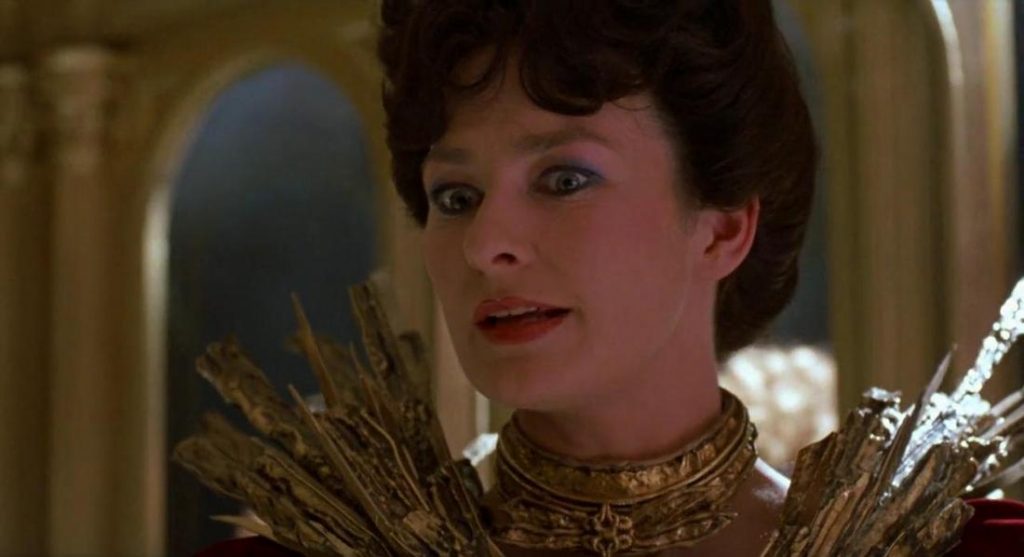
And we get two villains as if Dorothy isn’t traumatised enough, with the all-powerful Nome King who turned the people of Oz into stone as punishment for taking his precious emeralds to build their city. He isn’t just holed up in the mountains, he’s a part of the bedrock itself… slowly taking form through smooth stop-motion animation into a heavily made-up actor. Nicol Williamson brings an imposing gravitas and tangible threat the original film’s Wizard of Oz only pretended to have, which makes the stakes far graver this time around. It’s also worth noting that Williamson and Jean Marsh perform double duties as Oz villains and sinister hospital staff trying to treat Dorothy, too, which is a trick the original used to make audiences wonder if Dorothy’s Oz adventures are anything other than a dream. And unlike the Wicked Witch, we actually see the Nurse share a similar fate to Mombi, further blurring the lines between fantasy and reality.
Once the adventure gets going the family-friendly vibe returns and one forgets about the troubling undertones the first act traded in, but contemporary reviews really soured on that opening tone. There’s a fun and exciting adventure for kids here, and a fantastical world to be appreciated by adults, but Return to Oz severely underperformed at the box office and only grossed $11M in the US on a $28M budget. People think back to Return to Oz as if it were an avant-garde project like Jan Švankmajer’s Alice (1988), which loosely adapted Alice in Wonderland with a twisted sensibility, but just one year later Labyrinth was being praised for having much the same off-kilter atmosphere. Maybe this helped pave the way for darker children’s fantasies to go mainstream.
The Nome King disintegrating as he mourns “eggs… are… poison” did disturb me on a re-watch in adulthood… but, let’s be honest, it’s no worse than the Wicked Witch of the West melting away. In both movies, Dorothy wins by killing the villains, not just this darker sequel.
USA | 1985 | 113 MINUTES | 1.85:1 | COLOUR | ENGLISH

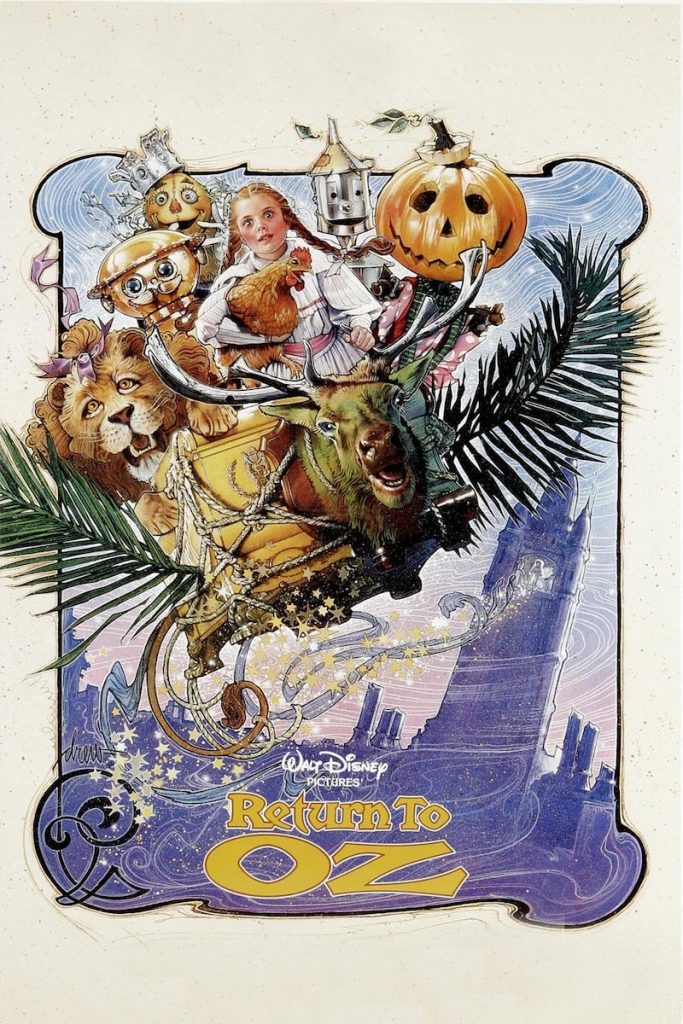
director: Walter Murch.
writer: Gill Dennis (based on the novels ‘The Marvelous Land of Oz’ & ‘Ozma of Oz’ by L. Frank Baum).
starring: Nicol Williamson, Jean Marsh, Piper Laurie & Fairuza Balk.
